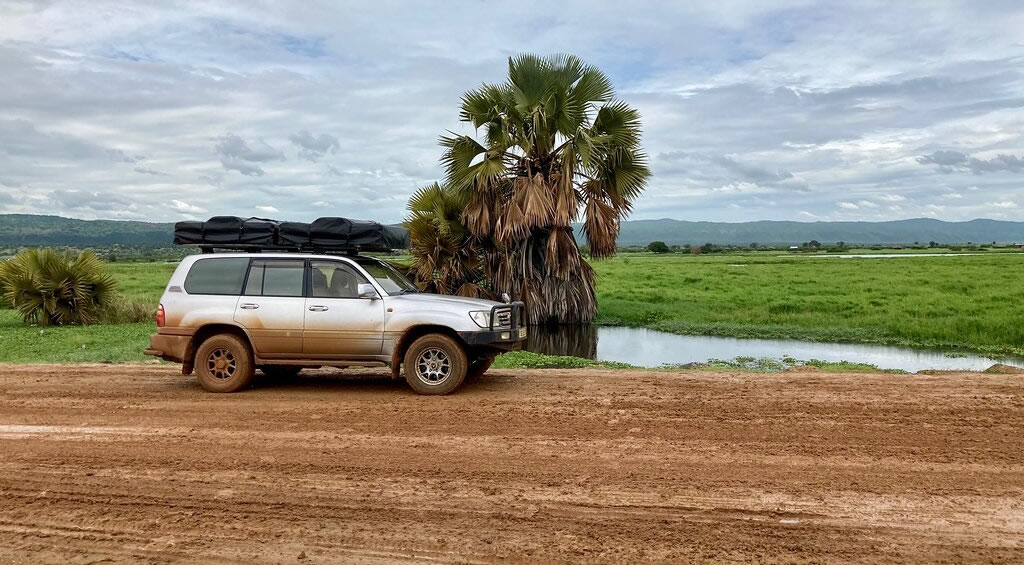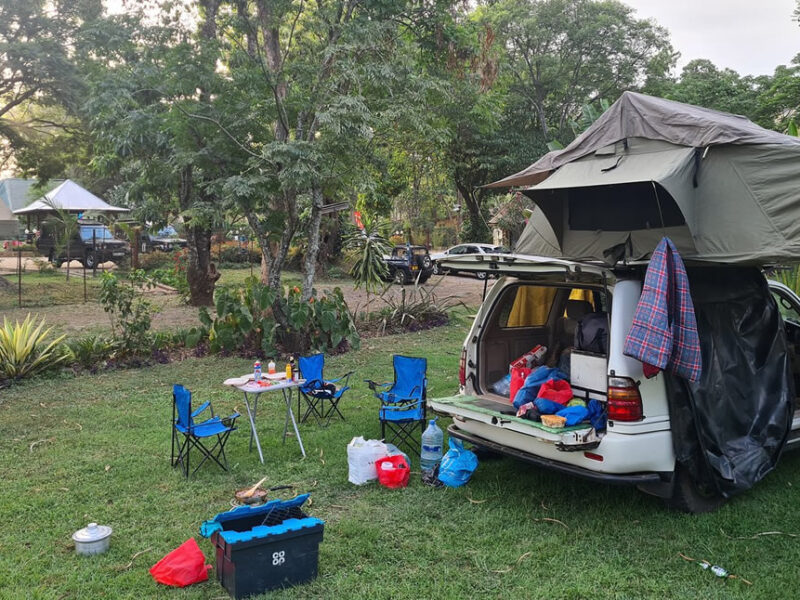
Tips for Driving on Poor Roads in Uganda
Anyone who travels in Africa knows our country’s roads are constantly under construction, and some roads we drive on every day are better than others. Driving on bad or poorly maintained roads in Uganda can be very dangerous, and it often takes a higher level of awareness and caution in order for us to stay safe. Since not every road we drive on is paved to perfection, it’s good to know what to do with your Uganda car rental on other less-than-perfect roads. Not sure what to do on these more dangerous roads? Below are some tips to keep you and your passengers safe.
Know your vehicle
Know the wheel that drives the vehicle as it helps the driver to have control over the vehicle under unappealing road conditions and what to do if gets stuck in unwanted conditions. For instance, 4WD vehicles are designed to handle rough and uneven surfaces on road trips. Whereas two-wheel drives should stick to maintained dirt or gravel.
Curved or Narrow Roads
Riding on what geographical area you live in, it is possible to have to travel on narrow roads with blind turns. The best course of action to properly and safely navigate these types of roads is to take it slow, obey the speed limit, and take note of the changes in speed limit allowances around the curves. Always approach a blind curve with caution and slow down, stick to the right side edge of the road as closely as possible and be on alert for vehicles coming the other way and then you never know who won’t be paying attention or coming over the line.
Unpaved Roads
These roads are also common in many areas of the country, and driving on these roads cause a unique challenge for drivers. Driving on gravel roads can lead to vehicles slipping which ultimately leads to drivers losing control of the vehicle. Furthermore, driving on gravel roads often kicks up a large amount of dirt, dust, and even rocks and debris, which can greatly reduce visibility as well as cause damage to the body of the car.
Go slow
Remember to make sure to reduce your speed when driving on unpaved or gravel roads to prevent the vehicle from slipping. Should the vehicle begin to skid, however, it’s important to make sure to use the breaks gently and slowly work your way through the gears. And also it is important to note that stopping on gravel roads can often take longer than stopping on paved roads, so it’s crucial to make sure to leave additional distance between the vehicle and the stop in order to avoid collisions and also help cut down on the amount of dust and rocks that kick up from driving on the road.
Maintain a safe distance from other vehicles
When travelling through beaten up tracks, it is best to keep a safe distance from the vehicle in front of you. Going too close will block your vision to see the potholes clearly and that might prove to be risky and harmful for your car. Additionally, a well-maintained distance from the front vehicle will also successfully reduce the impact of the rocks that may shrink away off from the front vehicle. It is ideal to use the brakes softly as you observe a hole in the front. This will protect the vehicle on your back.
Avoid manoeuvering
Some drivers immediately manoeuvre the concerned vehicle with a smooth turn to avoid potholes. It is a good practice only if it is ensured that the road conditions are empty and ideal enough and offer adequate space for turning, without the risk of endangering other vehicles plying nearby.
Emergency Kit
Lastly but definitely one of the most important points to consider is to keep emergency equipment available at all the times in your vehicles. While driving it is important to keep equipment such as spare tire, tire jack, first aid kit with oneself as with necessary equipment, it would be easy to get out of a situation in case any problem or accident

